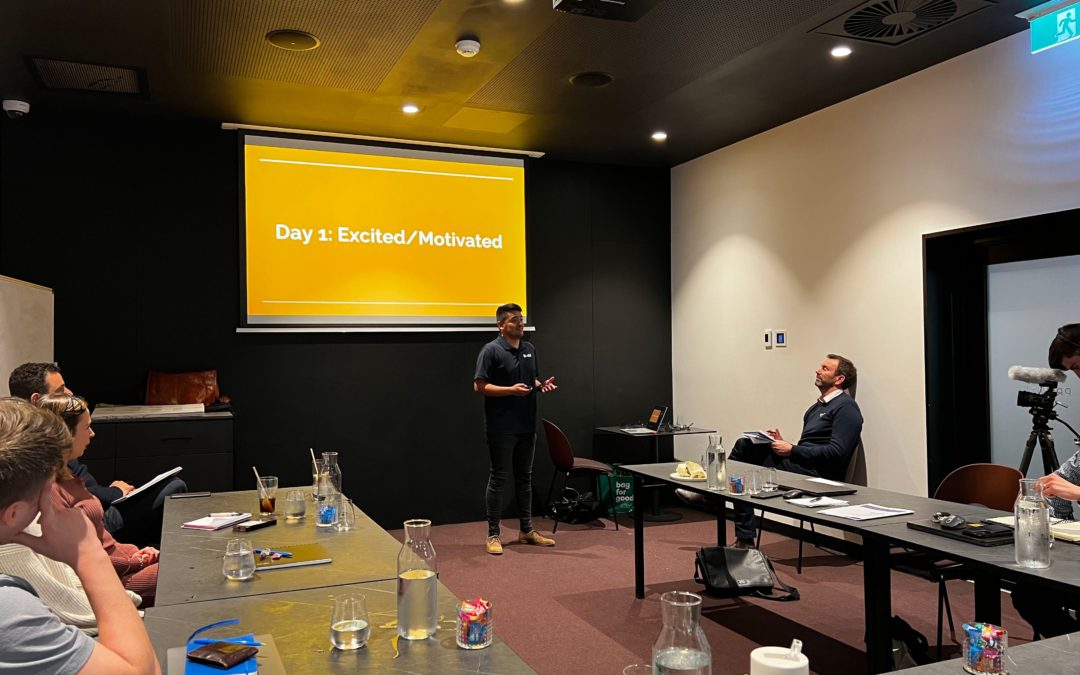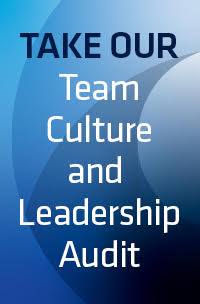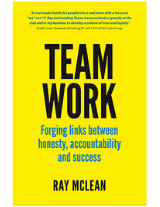Australia has, by most measures, succeeded in “flattening the curve”. While all the reasons for that success are for a different article, one that’s relevant here is: we have proven as a nation that we can get behind a clearly defined purpose.
We have so far dodged a double disaster: our economy has suffered a far greater strain than our health care system. That means when we do start the road to economic recovery we are, on average, better placed to make the most of steadily increasing freedoms.
But ‘on average’ is an easy term to throw about. As with any spectrum, there are extremes. Some of our clients have been shattered by this crisis, particularly those in travel and hospitality. Others have been put under a very different kind of pressure, with demand for their goods and services going through the roof, with high-pressure tasks undertaken in a suddenly socially distant world.
As we look to the months ahead, as leaders and team members we ask: where to from here?
Your behaviour over the past two months will impact how you rebound
All team members, but particularly leaders, will soon realise the impact their actions have had over the last two months on their team.
If you are a leader you will have had to make difficult decisions recently. There is no easy way through some of these processes, but you have had choices to make about how you enact them. Your team and onlookers will always observe your leadership behaviour more closely when the pressure is high. Even when the news a person is receiving is bad as it could be, the degree to which they are treated with dignity and respect will be clear to others in the team. If your organisation is to regroup and rebound at the end of this, it is most likely to include some people who may have had to be stood down and then re-engaged. How they were treated will affect the level of commitment you might receive when you are asking them to help you rebuild.
As we say at Leading Teams: “There is no softer pillow than a clear conscience.”
What can we do from now on?
We cannot change the past, but we can change moving into the future.
Our advice to everyone remains unchanged regardless of the external pressures a team is facing:
- Clarify your purpose – be clear on why you exist as a leader/team member and understand why your team exists;
- Build strong relationships – strong relationship help create trust, respect and care within a team;
- Set expectations as a team – discuss, as a team, how you want to see people behaving. Be clear, and use words like “we see…”. As an example, do not say: “We will collaborate”. Try: “We see all team members contributing to the conversation.”
- Role model – it is every member of the team’s job to then live these expectations, but leaders need to step up and role model. It is not good enough to say: “We see team members checking in regularly with everyone” if the leader only ever speaks to the second-in-charge.
- Reward and challenge – when you see someone living the behaviours, reward them. Do not let this slip until tomorrow or the next team meeting. At the same time, if you see someone miss the mark, tell them using language like: “We said we’d all check in with each other and you haven’t been doing that; can you tell me why?”. These genuine conversations will drive your overall performance.
What will Day 1 back in the workplace look like?
Every workplace will face a different set of circumstances; but one thing is for sure, it will not be a normal day. Hopefully, the relationships you have been working on will help, but it’s worth having a solid plan for that day as a team. Will you use the first few hours to check in with each other? Will you review your learnings and set out action plans based on them? How will you reintegrate team members that might have been laid off?
The culture and leadership of your team will never be tested more than it is being right now. We trust you are passing the test.





